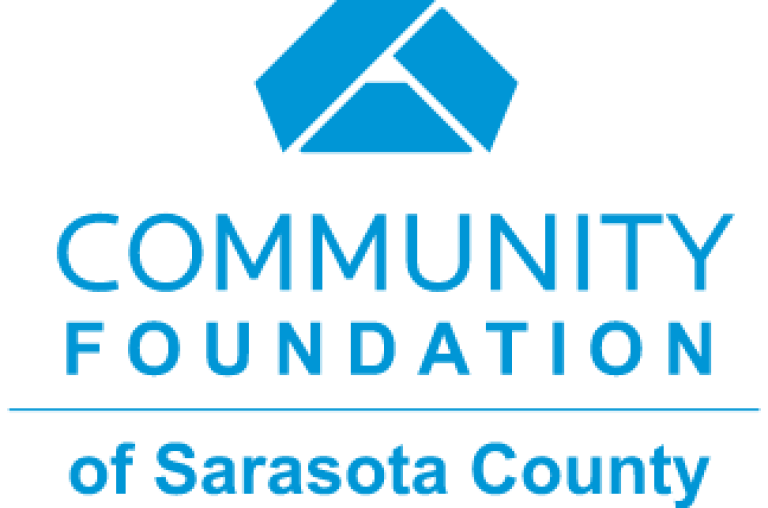September 13, 2022
Win an Income-Tax Trifecta With Charitable Donations
Categories: Donors, Legal, Legacy Giving,
From The Wall Street Journal, Sept. 2, 2022
by Laura Saunders
Death is a certainty, but some taxes actually aren’t when you make charitable bequests using individual retirement account assets.
“If leaving money to charity is part of your estate planning, there are no better funds to leave than traditional IRA assets. When I explain this to people, a lightbulb goes on,” says Tim Steffen, director of tax planning at Robert W. Baird & Co., who has helped his own family members with such donations.
This strategy is especially relevant given the growth in traditional IRAs over the last decade, even with this year’s selloffs in both bond and stock markets. Traditional IRAs held about $11 trillion at the end of 2022’s first quarter, more than double the $5 trillion they held at year-end 2012, according to latest data from the Investment Company Institute.
Some donors already do. Lesley Mitchell Jones, who retired as a partner after decades at a New York financial services firm, says she is leaving her seven-figure IRA to the Community Foundation of Broward, a charity serving the Fort Lauderdale area where she now lives.
“The foundation will get my IRA assets tax-free after I’m gone, and they’ll give the money over time to causes I’ve designated,” says Ms. Jones.
For smaller donors as well as large ones like Ms. Jones, there are two big benefits to making gifts at death using traditional IRA assets.
The first advantage is tax efficiency. Donors of traditional IRA assets at death can win an income-tax trifecta—no tax on contributions going in, no tax on annual growth, and no tax on assets at death.
This tax outcome contrasts favorably with the treatment of donations of cash or an investment asset such as stock held in a taxable account, especially if there are heirs. Here’s a simplified example.
Say that Jane, a widow with children, wants to leave a total of $20,000 at her death to several charities such as her church and college. She expects to have more than $20,000 in each of three accounts at that time. One account holds cash, one is a traditional IRA holding stock and funds, and one is a taxable investment account holding stock she bought decades ago. Jane wants to minimize taxes and maximize benefits for her heirs and chosen charities.
A $20,000 charitable bequest of assets from any of the three accounts will bring a federal estate-tax deduction. But Jane’s estate, like that of most Americans, will be smaller than the current estate-tax exemption of about $12 million. So, there will be no federal estate taxes to reduce.
This means Jane should focus on minimizing her heirs’ income taxes on the assets she’s leaving them, and donating traditional IRA assets typically does this best. If Jane leaves the IRA assets to her heirs, they will have taxable withdrawals—and the IRA will likely have to be emptied within 10 years, ending its tax-free growth.
Giving IRA assets funnels pretax dollars to the charities, which won’t owe tax on them. A cash donation would be of after-tax dollars.
Donating the IRA assets to charity is also typically better than giving stock held in a taxable account. Under a provision known as the step-up, there is no capital-gains tax on such investment assets held at death.
So if Jane purchased her $20,000 of stock for $5,000, the step-up could save her heirs capital-gains tax on $15,000 when they sell the shares later. This valuable benefit would be lost if she made her donations with stock.
MORE TAX REPORT
- What $80 Billion More for the IRS Means for YouAugust 19, 2022
- Got Hidden Income? The IRS May Get More Money to Find YouAugust 5, 2022
- The Fine Print Cost a Widow a $464,000 Tax DeductionJuly 22, 2022
- Fight the Bear-Market Blues With Roth IRA ConversionJune 24, 2022
The second advantage of leaving traditional IRA assets to charities is flexibility. Wills are often drawn up years before someone dies, and circumstances change. As a result, the donor may want to name different charities or donation amounts.
Making these changes is often easier with traditional IRAs than a will. For example, an IRA owner could set up a dedicated IRA naming one or more charities as beneficiaries and then move assets from other IRAs into it via direct tax-free transfers. The beneficiaries and the percentage they will receive can easily be changed, and the owner also can raise or lower the total donation by transferring assets between IRAs.
SHARE YOUR THOUGHTS
What plans for posthumous charitable giving have you made? Join the conversation below.
What if the IRA owner is age 72 or older and has to take annual required distributions? There’s flexibility here as well, because the owner doesn’t need to take a withdrawal from each IRA. If a saver has three IRAs and a total required payout of $40,000, he could withdraw $30,000 from one account, $10,000 from another, and none from the third.
A useful twist on this strategy that’s gaining popularity: Leave IRA donations at death to a donor-advised fund like Fidelity Charitable, Vanguard Charitable, Schwab Charitable, or at many community foundations. Before death, the IRA owner officially designates family members (or someone else) to recommend grants of the DAF funds to qualified charities in the future.
The DAF donations don’t have to be made immediately, and the assets can grow tax-free until they are, notes Brandon O’Neill, a planning consultant at Fidelity Charitable.
“Often these givers want to deepen the family commitment to philanthropy, and using IRA assets is a great way to do it,” he says.
